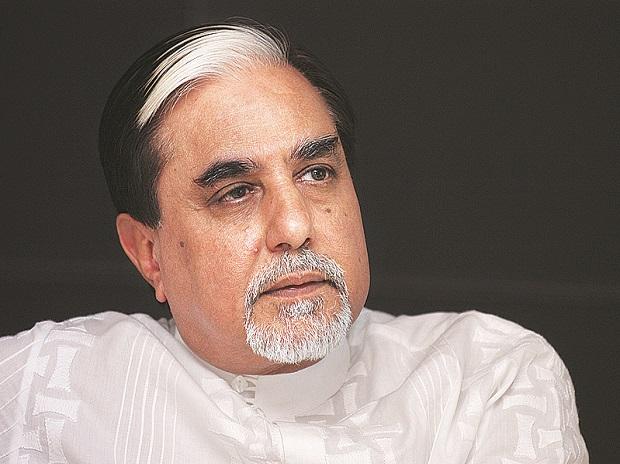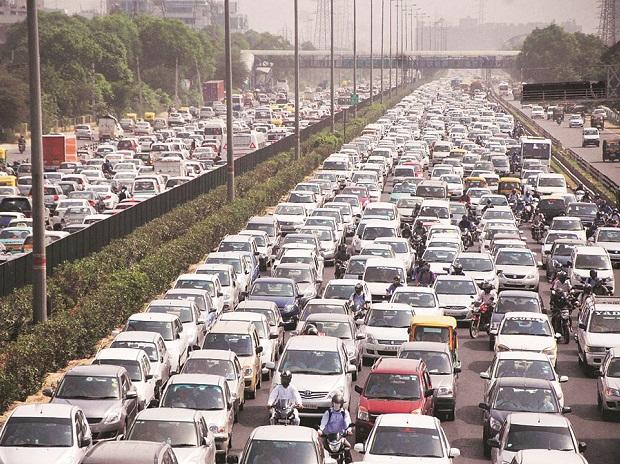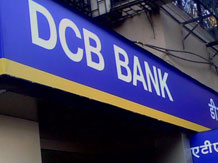An alleviation rally in worldwide business sectors assisted the Indian values with snapping their two-day long string of failures. The S&P BSE Sensex flooded 777 focuses, or 1.37 percent, to end at 57,357 levels on Tuesday while the Nifty50 shut shop at 17,200, up 246 places or 1.45 percent.
Adani Ports, Bajaj Auto, legend MotoCorp, Power Grid, M&M, Titan, Tata Consumer Products, IndusInd Bank, Reliance Industries, and Bajaj Finance flooded between 3.5 percent and 5.8 percent. HDFC Life, Cipla, L&T, Divis Labs, Bharti Airtel, Britannia, HUL, Tata Motors, SBI, and Shree Cement, in the interim, mobilized as much as 2%.
Just ONGC, Apollo Hospitals, Axis Bank, Maruti Suzuki, Hindalco, Wipro, Asian Paints, and TCS finished losing money, down up to 2 percent.
In the more extensive business sectors, the BSE MidCap record added 1.6 percent and the BSE SmallCap added 0.7 percent. Sectorally, all the records finished in the green zone, drove by the Nifty Realty and Auto files, up 3.5 percent and 3 percent, individually....





